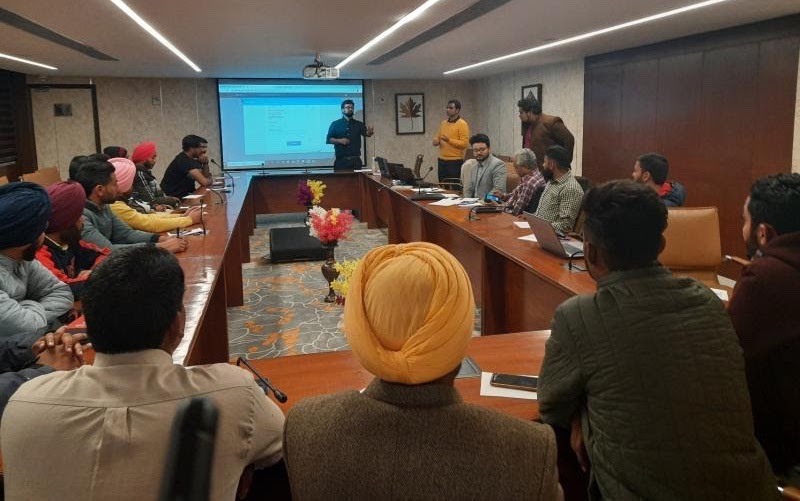Air Pollution and Sustainable Agriculture
CII provides the knowledge platform to varied stakeholders including governments, farmers and rural entrepreneurs in Punjab and Haryana for crop residue management. Crop residue burning, a key factor behind peak air pollution episodes in National Capital Region (NCR) also affects the farming community. The decades’ old practice of burning combined with overuse of chemical inputs severely impacts the soil health leading to lower productivity in a long run.
CII-CESD undertook detailed assessment in 2017 led by Ministry of Environment Forest and Climate Change and recommended scaling up technologies. CII galvanised industry action on crop residue management and demonstrated solutions in a highly participatory manner. The programme is now scaled to 102 villages across Punjab & Haryana., which includes both,in-situ technologies and ex-situ solutions.

Workshop for Improving Air Quality in North India, (08 March 2019)
The aim was to deliberate key solutions for addressing sources of air pollution in the region. It consisted of focussed technical sessions on biomass management in North Western States and addressed sources of air pollution within NCR towns. The workshop was attended by more than fifty participants from public and private agencies, environmental/health organisations and community-based organisations, including farmer groups (Farmer Producer Organisation and Farmer Co-op Societies) from CEDS’S project area in Punjab.
CII-Niti Aayog Clean Industry Report (launched in November 2019)
It presented recommendations for reducing air pollution from major industrial sources in the airshed of Delhi (NCR). Key anthropogenic activities addressed in this report include fugitive emissions from construction, demolition and allied activities (manufacturing and transportation of construction materials) and energy-related emissions from diesel generators, thermal power plants and brick kilns.
CII Impact Assessment Report (released in August 2019)
In 2018, CII initiated a field intervention in Punjab covering 19 villages in Ludhiana and Patiala districts, targeting 16,000 acres of farmland and 3000 farmers. Post the intervention, 80% farmers adopted no crop residue burning approach and a total of 12,000 acres of farmland (75% of the total area under paddy in the adopted villages) became free of crop residue burning. In this effort almost 27 thousand tons of straw was saved from burning, of which 25 thousand tons was recycled back into the soil. The value of recycled nutrients, estimated to be INR 410 per ton of rice straw was diverted to in-field application, thereby avoiding air pollution and global climate impacts.